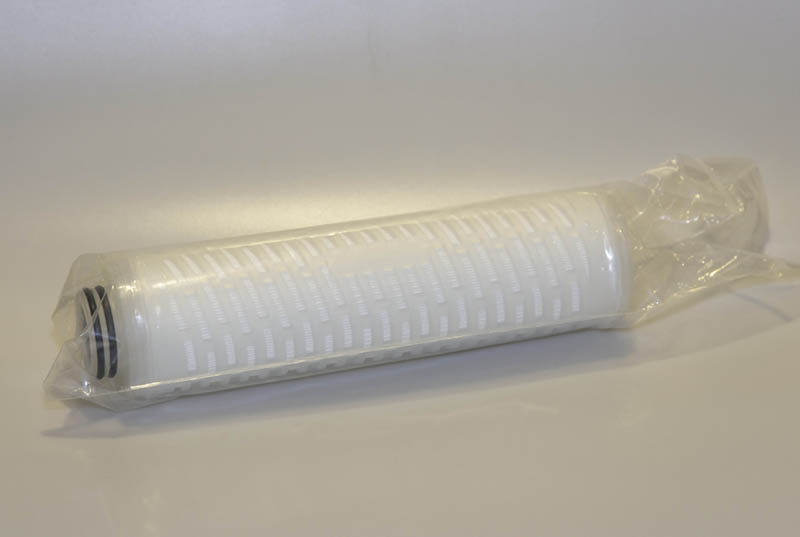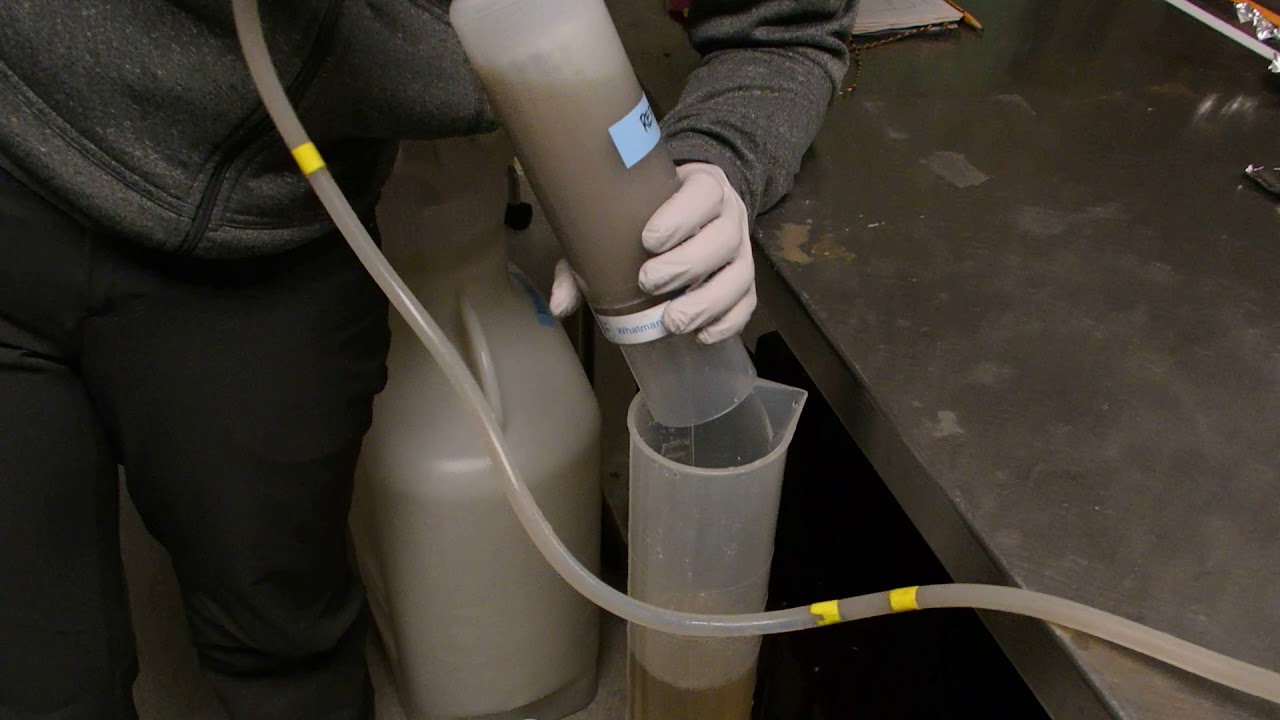Every domestic and foodservice water filter comes with a specific micron rating along with other technical specifications. Different types of boilers are categorized differently, based on their micron rating. In the market, you will find a 0.2 micron filter rating that goes up to 10-micron filters.

Did you know what does it mean? In this article, we will cover all aspects of micron filter ratings. This information will help you make the right decision when purchasing a new water filter. We will discuss the key differences between different micron ratings to let you understand which rating to choose.
A Micron or Micrometer is the metric unit for the measurement. It is one Meter’s millionth or one Millimeter’s thousandth. Micro is presented by ‘μm’ symbol. It is as smaller as a single milled flour grain. The diameter of the red blood cells is about 7 to 8 microns. Therefore, you can understand how small a 0.2 micron filter would be. Anything that is under forty microns is not visible to naked human eyes. Therefore, you will need a microscope for seeing anything that’s size is below forty microns.
Micron rating indicates the pores and holes size in a filter surface. Therefore, this rating is used to indicate the particle size that a water filter can eliminate from the given water that passes through it. Take a look at the following micron filter rating chart for a better understanding:
| Object | Size of Micron |
| Asbestos | .08 - .8 microns |
| Viruses | .01 - .1 microns |
| Bacteria | .5 - 50 microns |
| Paint pigment | 1.5 microns |
| Pollen | 10 - 90 microns |
| White blood cells | 25 - 30 microns |
| Yeast | 2 - 15 microns |
| Silica sand | 100 - 200 microns |
| Human hair | 80 - 100 microns |
| Pin point | 75 microns |
The above chart gives a clear picture of the micron ratings according to different objects.
The water filter micron ratings describe what contaminant size water filters can remove from water. The contaminant size defines the micron rating size you need. For instance, you need a filter that can remove contaminants between 0.8 microns - 8 microns to filter asbestos. A 0.2 micron filter would not be suitable for such applications. Likewise, anything above 8 microns is also not suitable.
You can compare micron ratings to a mesh door in countries with hot temperatures. Mesh doors are useful to let the air enter inside while preventing unwanted creatures like bugs and flies from entering inside. Micron filters work the same way, but the only difference is that there are small holes and pores rather than mesh. These tiny holes or pores block contaminants that might be there in the water.
Most cysts and micro-organisms during the micro-organism’s dormant stage over one-micron size require a maximum 1-micron rating to block contaminants. Therefore, it is clear that the size of microns you need to purify different objects depends on what object you want to filter. There are two types of micron ratings; nominal and absolute micron ratings.
Absolute micron rating denotes the biggest particle that can pass through a filter. Therefore, an absolute 1-micron filter can prevent objects of 1 micron or larger than that from going through with a 95% success ratio.
The nominal filter offers an indication instead of giving a guarantee about the particle size that passes through, having some holes or pores in the water filter surface that is bigger than the graded size. They may let some particles go through matching the rating of the micron.

There is an array of water filters available in the market. You can find water filters from a 0.2 micron filter up to 10-micron filters. The micron-size you need depends on the source of water and the object size you need to remove.
Micron ratings of water filters differ in shape, size, and material used for making the inside media and filter. Therefore, the below-discussed definitions can help you develop a better understanding of the available micron ratings.
A 10-micron water filter is an example of a typical sediment filter. These filters are usually made of pleated or wound polypropylene. These filters are made even using bag filters. 10-micron water filters are suitable to filter sediment, sand, and grit.
5-Micron water filters are used for removing silt, sediment, and other objects that are 5 or bigger microns in size. These water filters are also made using ceramic material.
Filters with 1 micron or less size can help you with cyst and bacteria reduction. The pores or holes are smaller, helping you block particles that are 1 micron or less size from entering the filtered water. Some brands also use some silver amount into the water filter, which is fatal to bacteria.
When we talk about a 0.5-micron water filter, then we mean a small water filter. These water filters can prevent 0.5-micron contaminants, like bacteria that above mentioned water filters just cannot.
Without any arguments, 0.2-micron water filters are the water filters with the smallest possible pores or holes. A 0.2 micron filter has a special design for eliminating 0.2 or larger than 0.2 microns contaminants. It helps in providing the finest quality water for fountains and many other applications.
0.2 microns are extremely hard to capture due to their tinniest size invisible to the naked eyes. Apart from a 0.2-micron particle, all other micron sizes can be captured with greater or equal efficiency. Sterile filters are used for removing microorganisms. An average bacteria size is 0.2 microns, which is why 0.2-micron filters are of great importance.
Now that you have learned about the micron ratings and different kinds of water filters, it would be easier for you to pick the best water filter for your use. It is essential to buy an appropriate type of water filter for your use that must be of top quality.
Keep visiting us for further details about micron ratings and related details.
